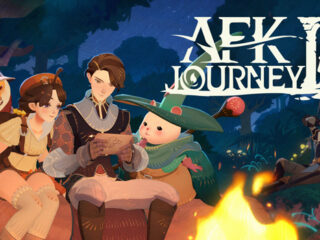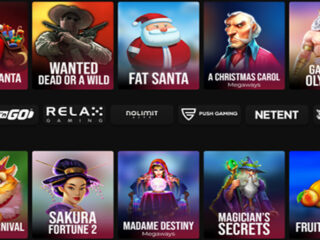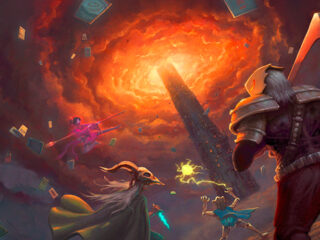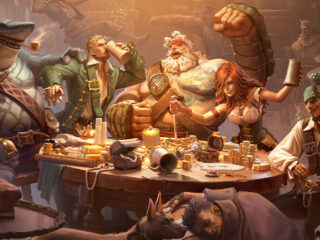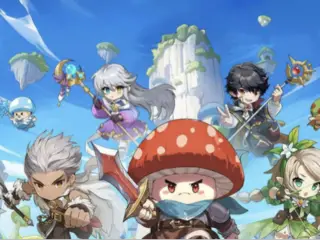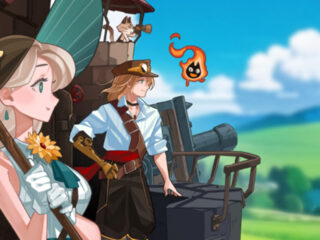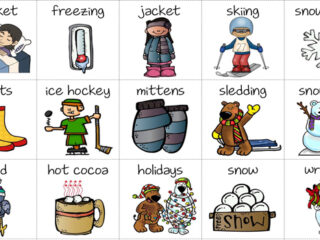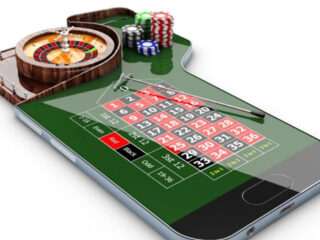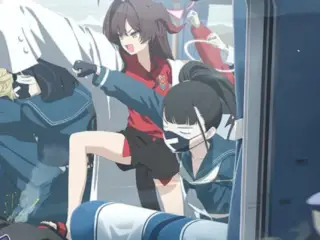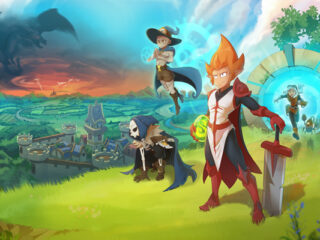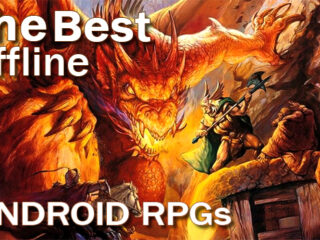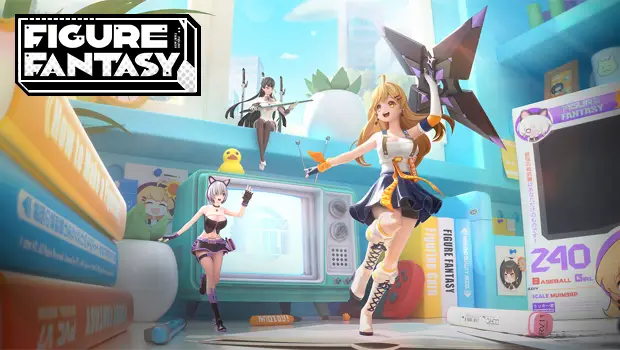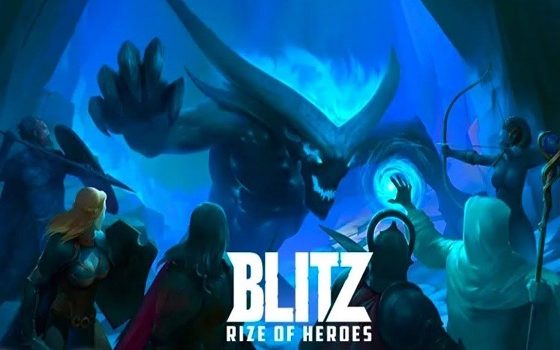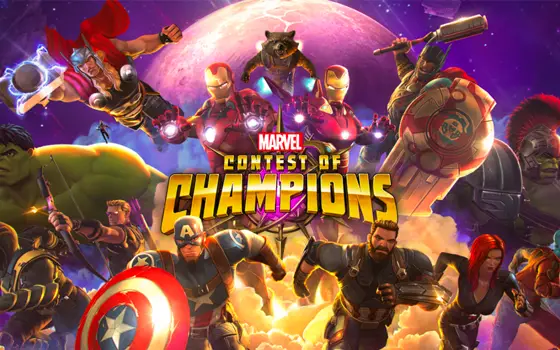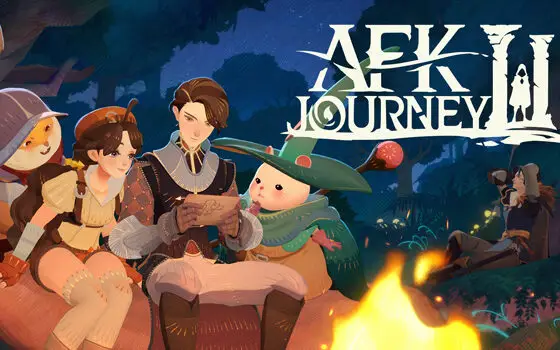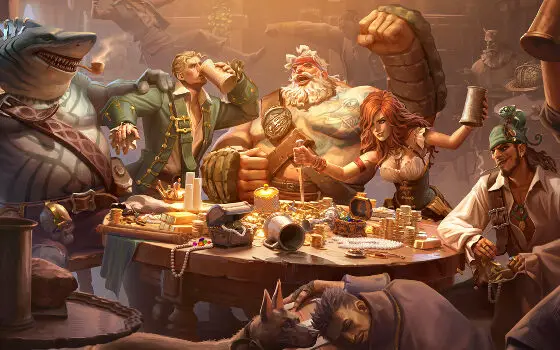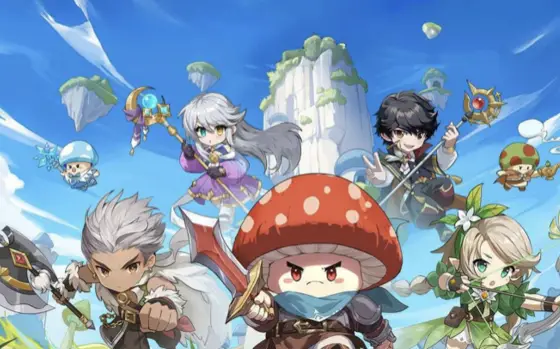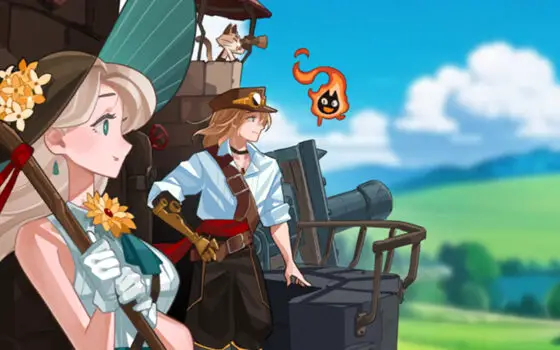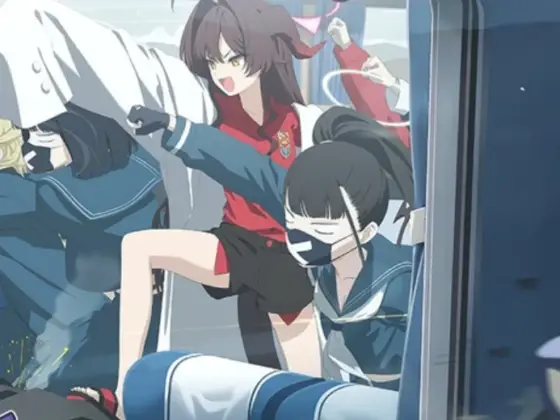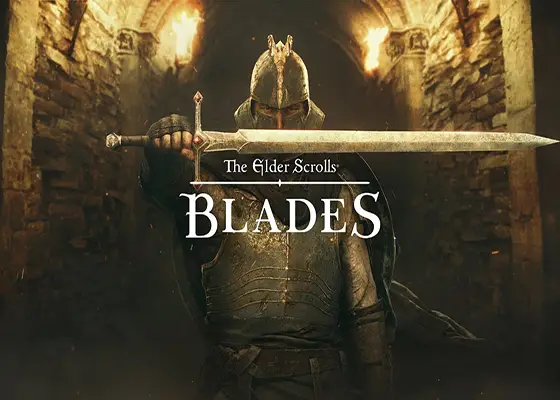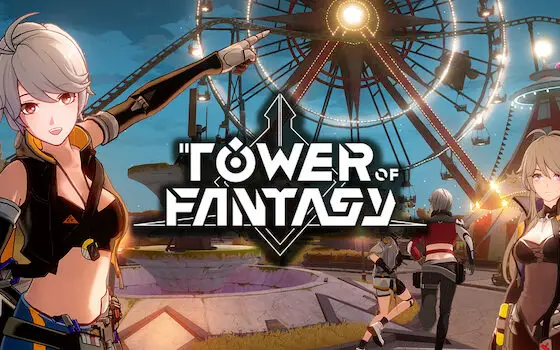It’s A Small World
Gacha mechanics are everywhere in modern mobile games, but Figure Fantasy very nearly takes the word literally. Players lead a party of PVC figurines into tiny battles as they explore the secret world of living collectibles. While Komoe’s Figure Fantasy probably isn’t the best gacha RPG ever made, it is one of the best new games I’ve played on Android.
Players fill the mostly off-screen shoes of a teenage collector who has the seemingly unique ability to talk to their plastic anime figurines. The player and their Figurines soon stumble across an entire society of walking, talking PVC models. They are soon contacted by the shadowy but mostly benign Bureau, which recruits them to help protect plastic citizens. However, a sinister group called Apocalypse plots to sow discord amongst the city’s Figurines.
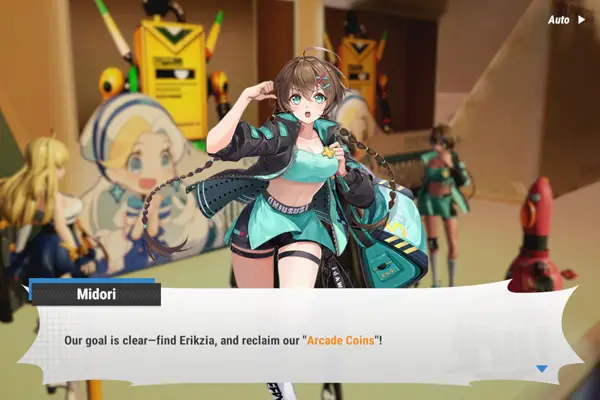
Figurine Story
Figure Fantasy is much more story-focused than a lot of other gacha RPGs. The writing is reminiscent of a Shonen anime, which certainly fits the theme. Most Figurines come from in-universe shows and games, and there are a lot of formal anime tropes on display. However, part of what makes Figure Fantasy interesting is that many Figurines come from wildly different genres. For example, the game’s blonde poster-girl Yuki originates from an in-universe sports anime. Meanwhile, other Figurines come from fictional fighting games, sci-fi and fantasy manga, romance light novels, and high-school slice-of-life stories. Putting these varied characters together is interesting enough on its own. Additionally, the fact that they are tiny and made from plastic opens the door for some very creative situations. Examples include a boss fight with an angry stray cat and a Naruto-style ninja duel in the leaves of a house plant.
It also doesn’t hurt that the story is built around a cast of likable characters with a fair amount of depth. Many gacha games nail their character’s visual personalities but seem to spend little time giving them actual personalities. The developers of Figure Fantasy, however, recognized that players need to care about a game’s characters to care about its story. As an example, Chapter 2 revolves around trying to help a figurine named Midori save a failing collectible shop and the unsold figurines within. Figure Fantasy made me care a lot more about that conflict than I’ve cared about saving the generic fantasy worlds of other gacha RPGs. The game pulls this off largely because it takes the time to introduce Midori and invest players in her character.
Miniature Melee
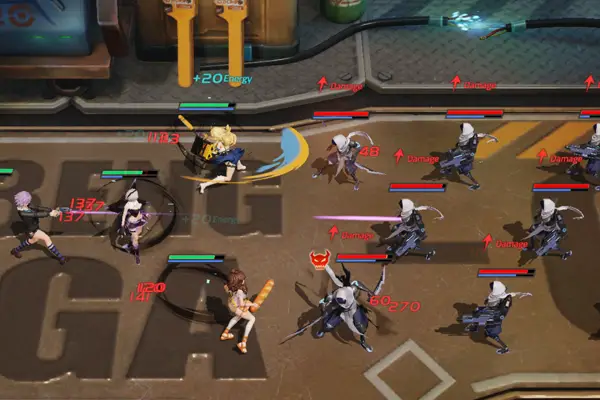
Figure Fantasy’s gameplay is like many other gacha idle RPGs. Players arrange up to five of their figurines in a formation and otherwise mostly leave the actual fighting to the AI. However, it is one of the better versions of that system as it still requires thought on the player’s part. Battles take place on a three-by-six grid, with most attacks and abilities prioritizing enemies in the same row. For example, one Figurine’s ultimate ability damages every enemy in a single row. Another Figurine’s ability damages the first enemy in her row, then bounces to the closest targets in adjacent rows. Meanwhile, some Figurines also have auras that buff adjacent characters. Players need to consider which formation best uses different figurines’ various abilities.
Players also need to pay attention to each Figurine’s Brand. Figure Fantasy has six Brands, each of which is assigned a color. The three most common Brands operate on rock-paper-scissors logic, with Purple countering Red, Red countering Yellow, and Yellow countering Purple. Meanwhile, the Pink and Gold brands counter each other. There are also computer-only Unbranded figurines that don’t counter anything, and nothing counters them.
Figure Fantasy also has multiple alternative game modes, though only a few stand out as memorable. Training missions, for example, give players a preset and usually understrength team to work around. Final Battles, meanwhile, throw the player’s Figurines into difficult multi-stage boss battles. However, the fundamental gameplay experience remains essentially the same in every mode.
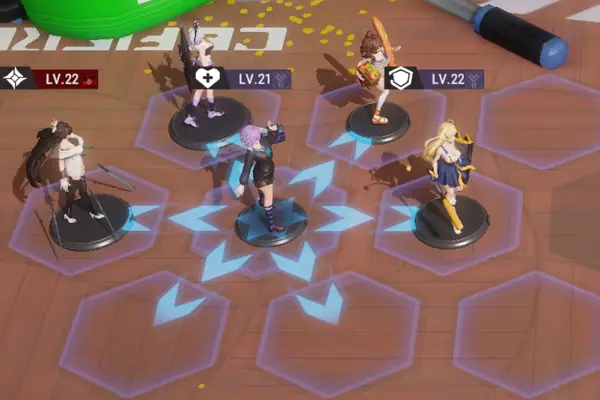
Scuffing the Paint
Now, Figure Fantasy isn’t entirely without flaws. For example, story missions cost Energy, though Figure Fantasy gives players a larger pool than some games. However, it’s still artificially halting gameplay. I also experienced a lot of graphical glitches. Mostly, it was a matter of textures not loading, though I also had instances of Figurines randomly turning invisible.
However, my biggest critique was that the characters’ small size and plastic bodies don’t come across in gameplay. Paint in Figure Fantasy is just a quirky name for Gold. The above-mentioned ninja battle only takes place in a cutscene and melting plastic is a concern in the story but not the gameplay. While I still loved Figure Fantasy, I don’t think it really used its premise to its fullest potential.
Either way, the game’s likable characters and fun story keep it engaging long after other gacha games lose steam. Genshin Impact is probably still the reigning monarch of the genre, and Figure Fantasy isn’t within a hundred miles of dethroning it. However, Figure Fantasy might deserve a place in the royal court and your Google Play library.
Is It Harcdore?
Absolutely!
Figure Fantasy might not be the most innovative game in history, but it’s a fantastic idle gacha RPG with likable characters and a surprisingly engaging story.


